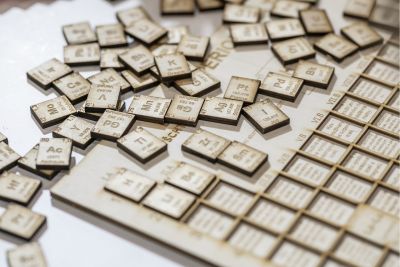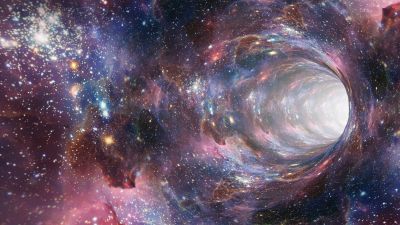The building composed of seven floors and 118 apartments is called the “periodic table.” The table consists of seven periods, grouping elements with similar properties. Like everything in the universe, elements are created with wisdom, not randomly. The periodic table is an indicator that elements and their properties have been established in an orderly fashion.
Today, there are 92 naturally occurring elements, known as atoms, which are arranged in the table according to their atomic number (number of protons), starting with hydrogen (H) with one proton and continuing without any gaps up to 118.
Dmitri Mendeleev (1834–1907) arranged the then-known elements in his table and left some spaces blank. For instance, in 1869, the element gallium was not yet known, but Mendeleev predicted its melting and boiling points, density, and atomic weight based on the properties of aluminum and called this unknown element “eka-aluminum” (the one after aluminum).
Although Mendeleev did not discover any elements himself, he became famous for his work on the periodic table, uncovering the order in the properties of elements. He stated, “The spaces I left blank in the periodic table will be filled one day; these elements will be discovered.”
In a very short time, the elements Mendeleev predicted were found, making him suddenly very popular, and the element with atomic number 101 was named “Mendelevium” (Md). Mendeleev revealed an aspect of the unique harmony in the universe, and his table provided a target for scientists.
It was never expected that the atoms, the basic building blocks of a universe created with such an incredible order, would have random properties.




